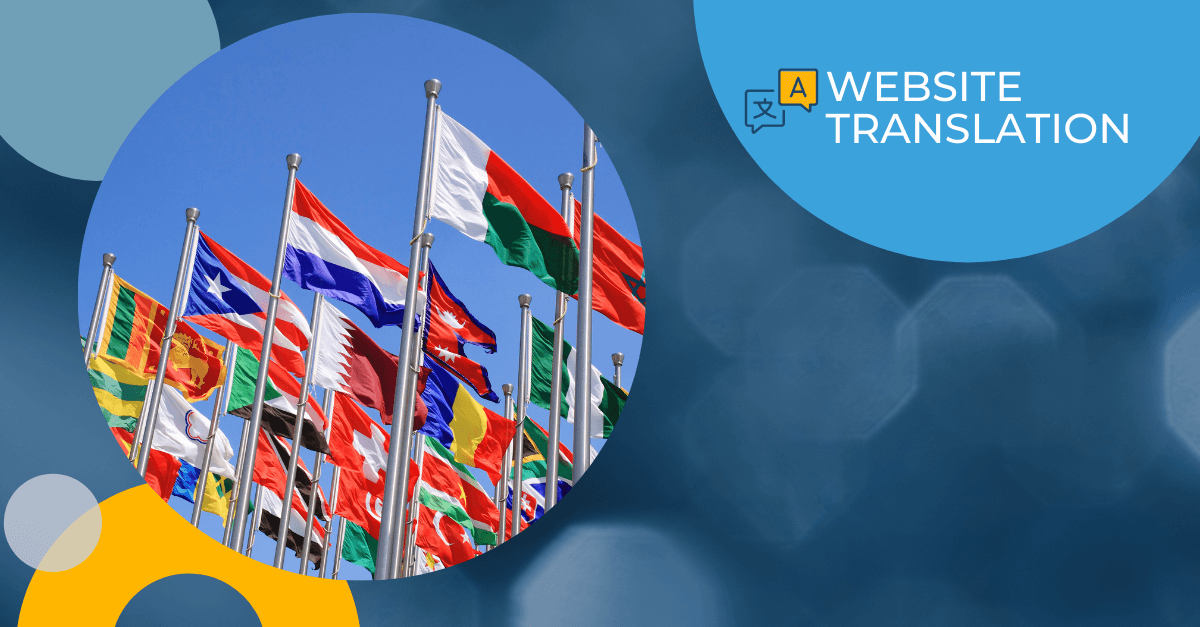Deciding which languages to have on your website may seem like an obvious choice, but we do see a lot of client companies struggle with this decision. Launching a website localization project is not a trivial undertaking. It requires a strategic commitment of both time and money. Here are five important questions you can ask yourself before making that all-important commitment.
1. Where are your customers?
Many countries have official national languages. However, knowing the official country language is not always enough when it comes to translating websites. You must be aware of which languages are used within various markets inside of those countries. In northeastern Spain, for example, many locals prefer to speak Catalan – a language similar to Spanish, but with distinct differences. In Belgium, many assume French is the best language, but Dutch is equally important.
Tip: Ask your in-country partners about important regional languages, buying habits and the type of information that locals want and need to purchase your product.
2. Where are you selling now?
If your company has already won some sales from various overseas markets, do your own web search for similar products in those markets. You may need to use a tool like Google Translate to help carry out searches. This will tell you (1) if there is a real web market for your product in that country, and (2) who your competitors (or potential reps) may be.
Tip: Does your industry hold a critical trade show in a foreign country? Do you plan on attending? If so, you should have a translated version of your site in place before the show so that visitors can be directed to your website to learn more, schedule a demo, or place an order.
3. Who is already visiting your site?
You can use Google Analytics to track your company’s website traffic and find out where visitors are coming from. Based on that data, you may see trends leading you toward new markets where you have an existing customer base. Find out what languages they speak and create content that specifically appeals to those audiences.
4. Where do your search results come from?
Knowing the precise geographic location of user searches that lead to your firm’s website is critical. If you find that you are getting traffic from Brazil, it may be that Rio or Sao Paulo are the only places where the searches originate. If so, you should translate your site to Brazilian Portuguese and use GeoTargeting to focus the search results in those cities.
5. What about different cultures that use the same language?
Don’t forget other English-speaking countries. Yes, since users are searching in English they are far more likely to find your current site, but remember that there may still be a translation gap in product descriptions. For example, if your company makes vinyl custom-fitted “trunk liners,” Britons will be searching for “boot liners.” Thus, it may be important to maintain different versions of the same language website so that different keyword combinations still pull up your company’s website in search results.
A cost-effective solution
Once you’ve thought about these five questions and determined which languages and target markets offer the highest potential ROI, the next step is to hire a professional translation service to ensure the job gets done accurately and efficiently. An experienced translation agency can save you money by utilizing the latest technology-driven translation tools, such as translation memory and terminology management, to deliver localized content that will help transform language barriers into revenue opportunities.



